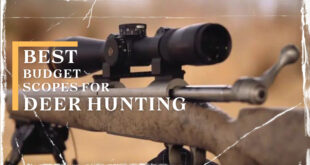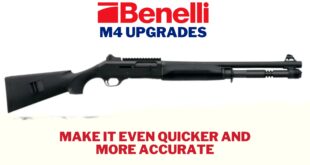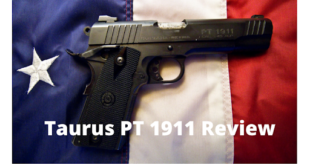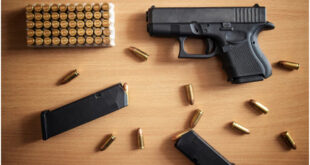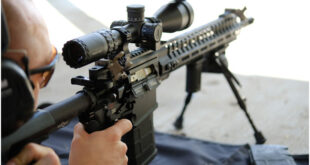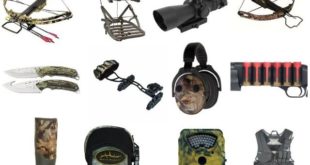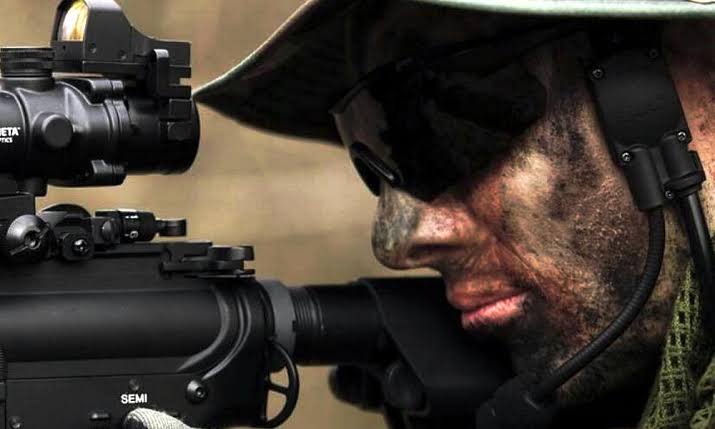
In the recent past, rifle users have come to understand the importance of getting and using the right optic – it helps the eye while shooting and ultimately offers a better shooting experience. Indeed, there are tons of benefits that accrue from using the right optical scope in addition to aiding the eyes.
Gun enthusiasts use scopes to enhance accuracy when long-distance firing is involved. Scopes magnify the picture of your target and offer a reticle that shows the exact place your gun is aimed at.
Determining the Proper Eye Relief Distance
The right optic will help you figure out the suitable eye-relief distance from the scope. The distance between your eye and the eyepiece is known as eye-relief. When the scope’s magnification is stronger, the proper eye relief has to be narrower so that you can see your target accurately through the scope. Simply put – more powerful magnification will require a shooter holding his eye closer to the eyepiece so that the individual can capture good sight pictures.
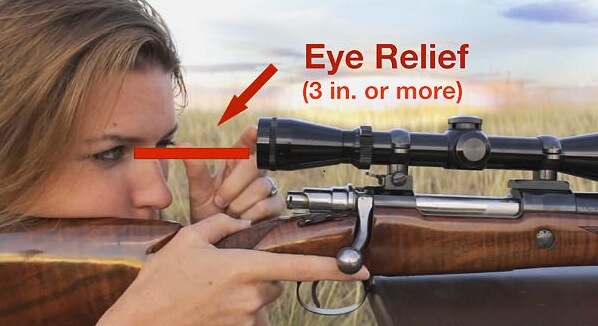
The eye-relief rating of many scopes will look like 3-9x. In this case, proper eye-relief would be achieved between 3 and 9” from your gear’s eyepiece. You need to be very careful – you should avoid very close eye contact with the scope so that the scope won’t hit you when recoil occurs.
For scopes that do not come with an eye-relief rating, there’s something you can do to figure it out. While the optical scope is mounted on your rifle, look through the scope and start adjusting it – continue the adjustment until you obtain a good sight picture.
Establishing Good Sight Picture
The right optic helps in establishing a good sight picture. If there’s no scope, a shooter will go through the hassles of making alignments on the barrel in order to establish a good sight picture. On the other hand, a scope makes such types of iron sights unnecessary.
Achieving a good sight picture comes easy with a scope. You only have to center the reticle in your range of view and consequently situate the reticle over the target you want to aim at. If you center the scope perfectly, your view will make a circle at it’s (the scope) end. If you notice additional black on one side, keep adjusting your gun to get it centered. This is important: it is less difficult to capture good sight picture with lower magnification scopes than higher magnification scopes.
Improving The Accuracy
As mentioned earlier, the right optical scope helps your eyes to ultimately achieve accuracy while shooting. And as you know, precision and accuracy are very critical when it comes to shooting targets. A shooter aims with the mind of hitting the target in less time and with minimal attempts. This becomes increasingly possible with the right rifle scope. In essence, you have higher chances of achieving accuracy with a scope than without a scope. Subsequently, improved accuracy will help you achieve the following:
- Less time spent
- More successful shots
- Fewer bullets used
Achieving Self-Confidence
You need confidence when shooting with a powerful weapon such as a rifle. It’s one thing to have a good rifle, and another thing to possess the confidence required to handle your rifle. The right rifle scope adds to the confidence you already have in handling your gun. An optical scope helps boost your shooting skills immensely.
Choosing the Right Scope – What to Consider
There are features to pay close attention to when choosing a rifle scope, especially if you have a poor or deemed vision and would want to help your eyes while shooting. Top in the list of those factors include the following;
- Clear Glass – while all glasses are usually clear, the extent of clarity can vary substantially. Indeed, there’s a notable difference between scopes when it comes to glass clarity – the quality of the scope plays a major role in this factor. You wouldn’t want to encounter more difficulty aiming at your object if you already have poor eyesight – which is why you should be particular about the glass when choosing a scope. A scope that features sharp or super-clear glass will help improve the view of your target.
- Illuminated Reticle – This feature makes aiming easier in a low light condition. The illumination of the reticle is usually green or red and would make a lot of difference than a black reticle.
- Objective Lens with Higher Diameter – Also, when trying to aid your eye for accurate and improved shooting, an objective lens with a higher diameter (e.g. 50mm) or more can be quite helpful. This feature is located at the end of your scope, very close to the rifle’s muzzle. The diameter of an objective lens determines the amount of light it gathers.
With more light, you will see better, which is the reason to choose a scope that features a larger objective lens, especially if your vision is poor.
- Focus Knob – Scopes usually come with knobs, so that you can adjust the scope to suit your vision. Even without a contact lens or a pair of eye-glasses, you won’t have any difficulty seeing through the scope.
Additional Tips
You should invest in quality scope to achieve improved eye-relief, hence much more accuracy. Eye relief is critical when it comes to determining how well you can see everything. It will also help prevent “scope eye” – which happens when your face gets knocked by the scope due to the recoil of your gun. A higher eye-relief becomes more needful if the recoil on your gun is higher.
For rifles, the commonest eye-relief is 4-inches or thereabout. Notwithstanding, some scopes are designed for pistols and bigger guns and as a result feature 20 or slightly fewer inches eye-relief – well, some field of view will be lost as a result.
Finally, don’t forget to test a scope based on the manner you always engage it. Here’s an instance; you should test your scope’s eye-relief on a bench rest if you engage a bench rest to shoot most of the time.
 www.GunsandOptics.com Tactical & Hunting Gear Review
www.GunsandOptics.com Tactical & Hunting Gear Review
